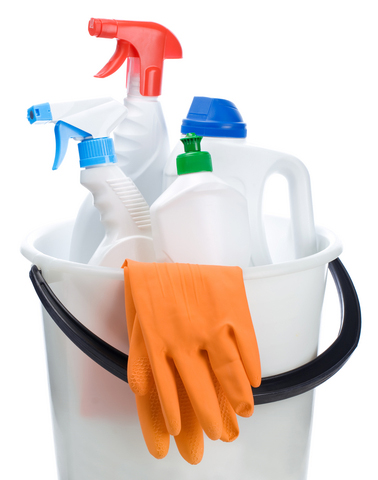The markets for HI&I ingredients in the United States, China, and India—the three regions from the upcoming global HI&I ingredients report—are rather diverse in terms of growth, value, and volume. While there are differences in the size of these markets and their growth potentials, qualitative attributes also differ widely.
The consumption of ingredients in all three countries represents a large chunk of the total market, accounting for over USD 10 billion, driven by the United States, which represents more than half of this total. In terms of future outlook, India is forecast to post the strongest growth among these three countries, of almost 13% during the forecast period of 2014-2019. The United States is expected to increase with an average growth below 2%, but with some strong growth opportunities in areas such as enzymes. Enzymes are expected to take advantage of the move towards ingredients with higher biodegradability, but also towards ingredients providing a better performance to cleaning products. Favored by these two trends, the enzymes market in the United States is expected to grow twice as fast as the market average, at nearly 4% per year.
Differences are also obvious in terms of market structure. While surfactants are the leading ingredient category in the three countries, the differences in the relative size of other categories are more visible. Notably, functional polymers, which range between 1% and 9% of the total market value in the three markets, are mainly linked to the importance of advanced functionalities in finished products. A similar situation can be found with the application split, where the more mature U.S. market is less dependent on ingredients consumption coming from laundry detergent than the Indian and Chinese markets. For instance, in China, the share of laundry detergent ingredients is about 70% of the total market.
In the Indian market, a clear split between the low, middle, and high end of the market can be observed. A large portion of the market is at the low end due to the price sensitivity of local consumers, which in turn pressures formulators to choose ingredients based on their prices and the total formulation costs. This is one of the reasons resulting in the relative unpopularity of rheology controllers in India. Rather than using a dedicated rheology modifier, formulators are choosing a different path to control the rheology of their formulations, which allow them to save on formulation costs. The second and equally important reason explaining the limited consumption of rheology modifiers is that powder laundry detergent still represents the first choice for Indian suppliers.
A similar situation can be observed in China where total HI&I ingredients consumption is also expected to post a strong compound annual growth rate in the following five years. However, driven by the demand for better products within the household segment as disposable incomes and urbanization rise in the country, consumption of more functional ingredients is expected to be a key driver of market value growth by 2019.
These and many other points of market data and their analysis can be found in our Ingredients for Household, Industrial, and Institutional Applications report – a detailed analysis of the consumption and supply of more than 100 ingredients used to formulate cleaning products, in five key regions globally: China, Europe, India, Southeast Asia, and the United States.

